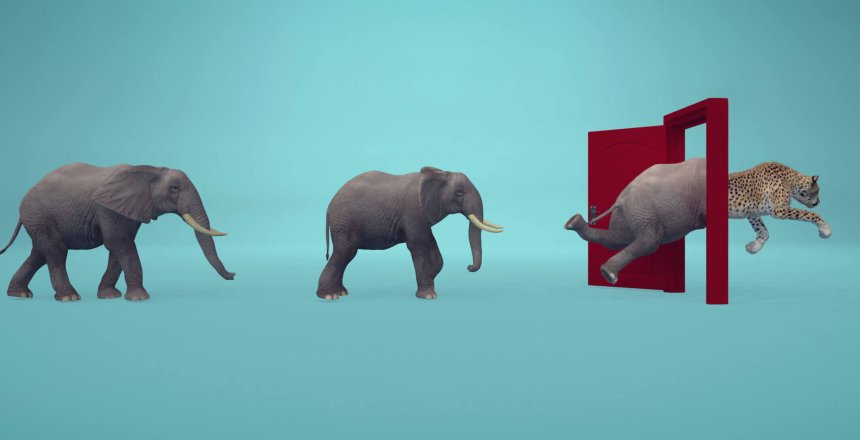We are in for a lot of change over the coming year or two. Of course, some companies will do well out of a recession whilst others won’t. One thing is for sure, HR / People teams will play a dominant role in most organisations while they reshape or resize for the future.
Having sight of your north star and where the business is going in 3-5 years is all well and good but what the business needs now might be very different to what you thought you would need 12 months ago.
A robust people strategy isn’t always the answer when faced with significant economic, political and social change. The past few years have taught us that, within the HR community, we need to be able to adapt very quickly – both externally and internally. HR needs to support the business to remain agile and stable at the same time.
But, in practice, what does this mean and how do we do it?
Organisation design
Firstly, what sort of business are you? How do you ensure your organisational design and your target operating models support delivering what you need to today and in the future? This includes ways of working, your governance and how each of the teams interact to produce your business.
The organisational design should be flexible, always with the longer-term delivery models in mind. There is no point hiring permanent employees when you know in 12 months’ time their roles will no longer exist. Equally, when you’re too lean, lose too many people, you can’t deliver now in order to exist as a business in 12 months. Look at all the options to assess how your delivery models could survive now and in the future.
People Strategy
Next, identify areas of your people strategy that can remain relatively consistent. For example, your talent strategy – you might want to focus on retention of your high performers. OR you might wish to be more focused on identifying future talent for the delivery of your longer-term growth.
If you’re in growth mode, what are the additional resources that you need for every extra employee? A lot of companies forget to design holistically. They just look at what a particular team or function needs rather than thinking about what pressure that puts on the people or finance teams or on the IT infrastructure.
Don’t let complicated processes slow you down
You will also need to unpick some of the processes that slow things down, where can these be automated or removed or made a lot easier – do you impose your own stringent processes because your business is too risk averse and what is the cost to the business by not refining them?
Whether it be hiring processes or performance management and everything in between, make sure your people processes are in line with the sort of culture you want to instil within your company.
Plan and plan some more
On the flip side, for companies shrinking now, having a really good understanding of the future business strategy is crucial. Plan, plan and plan some more before making any decisions about letting people go. Consider the points above; what is your future target operating model? What are the skills needed for your future business and what do you have right now that is still needed?
Can you retrain people or offer delayed redundancies for those roles that you really need now but will not exist in 6 months’ time? Potentially in that time you could reskill people that otherwise would go or at least allow for individuals to find alternative jobs while still delivering for you.
The hard decisions
There are multiple nightmare stories I could share when it comes to ‘resizing’ or the effects of an acquisition. And my biggest lesson to share is that it’s not hard to be nice to people. The message may not be one they want to hear, especially when people are planning their Christmas holidays or have already bought all their presents. However, everyone going through any sort of redundancy will be affected in some way or another. Even those who are volunteering struggle with the change and a level of choice being removed from them.
Stripe CEO, Patrick Collison, is a good example of holding himself accountable for the poor decisions and error in judgement made by him and his leadership team in the years leading up to a 14% staff reduction and cost saving exercise. He sent an all-staff email explaining what had happened, how many people would be impacted and what everyone would receive as part of their severance. This transparency should be commended compared to how Elon Musk acted inthe same week – cutting off around 50% of Twitter’s global workforce with no notice and then sacking almost 4500 contractual workers without any warning or severance pay.
In the years to come, I hope we see more of Patrick Collison’s approach in this world, with leaders being more human.
Having a good organisation design can really help to understand which areas of the business are essential both for now and in the future but also to adjust for all areas within the business, just like if a company is in a growth phase and they need additional resources for every extra employee, the same applies when downsizing.
Aligning your people strategy with your organisational design is crucial. Ensure you can flex and adjust for the highs and lows because that will help drive the business forward to achieving that north star, while remaining human!




